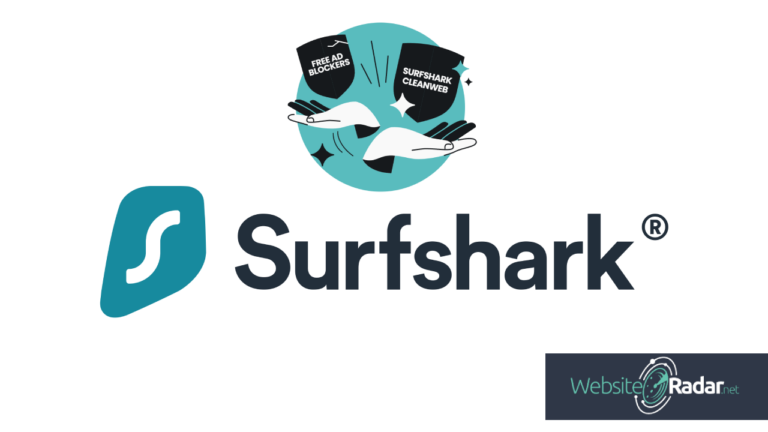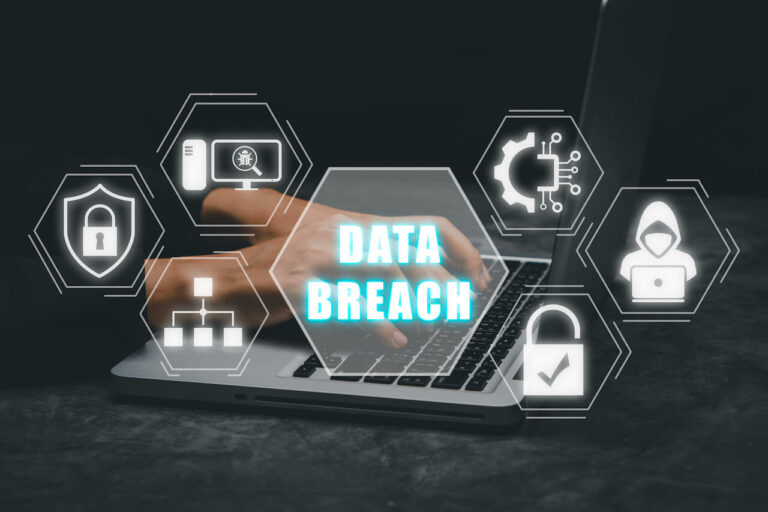Our website contains links to partner sites. If you click from our site to the partner's site and purchase their services there, we will receive a commission for mediation (Find out more information). This form of cooperation does not affect the objectivity of our reviews. With each purchase made through links from our site, you support our editorial office so that we can create quality and useful content in the future. Thank you.
Important notice All our articles are written by real people. They are not artificial texts from a machine.
How to Delete Your Personal Data from the Internet: A Step-by-Step Guide
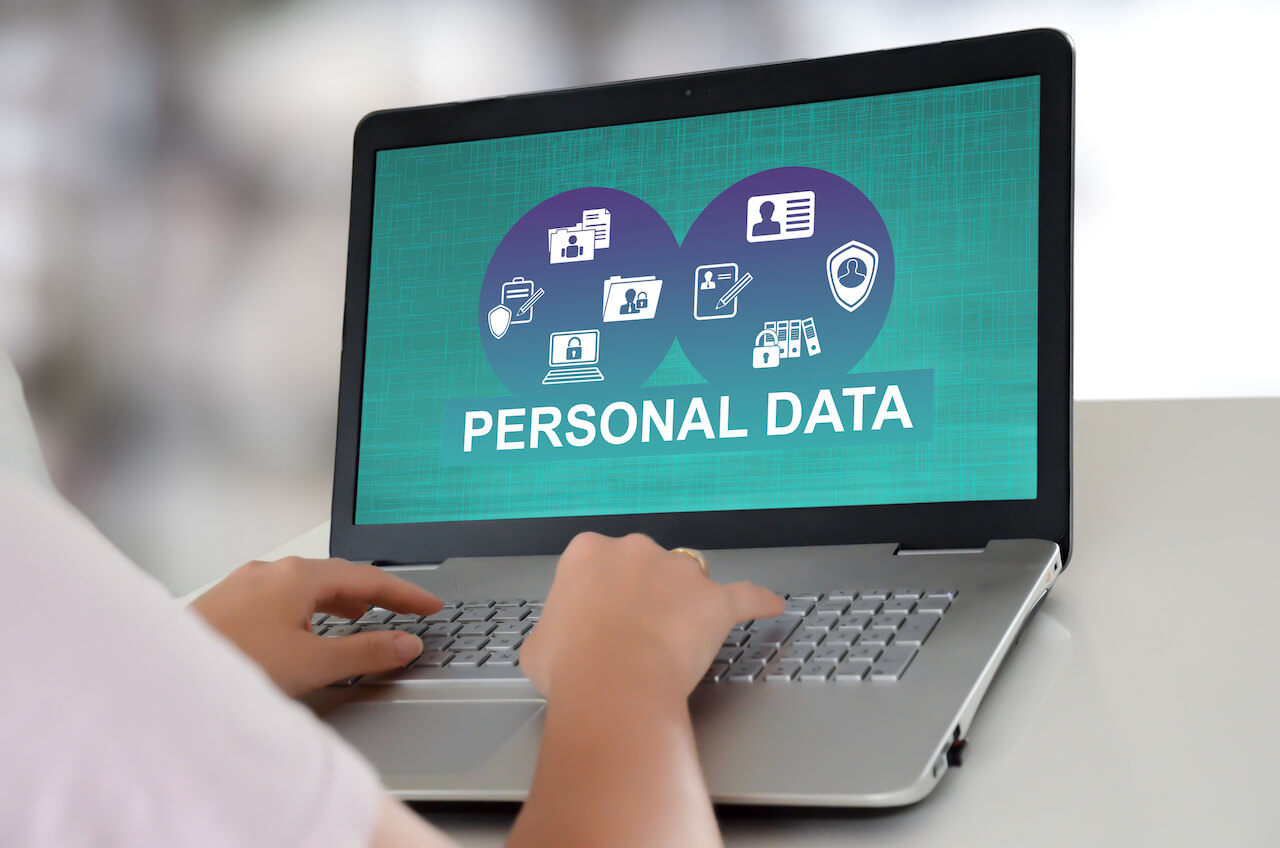
Do you feel safe on the internet? In the previous article, we explained what a digital footprint is. It consists of data that we ourselves leave on the internet, both actively and passively, knowingly or unknowingly. However, our personal data can also end up on the internet because it was stolen by hackers. Data breaches are common in today’s digital world, with hackers tirelessly searching for vulnerabilities in the security of various companies’ servers in order to obtain valuable data.
How Can Leaked Data Be Misused?
Hackers typically have no interest in using your data themselves; their goal is to sell it, for example, to data broker companies that sell the data to those interested in it. Various types of your data can be misused: name and surname, date of birth, social security number, gender, marital status, nationality, ethnic origin, contact information, property ownership, financial data, health information, work history.
We usually use the same email to create accounts on various websites, and if data from several of them is leaked, it can be combined. Leaked data can fall into the hands of individuals or groups that use it for various malicious activities. The most common methods of misuse:
- Your data can be misused in targeted phishing attacks. For example, a link from a fake website that pretends to be your bank may be sent to your email address (deliberately using similar colors, layout, fake logo, etc.). Phishing scams, where attackers disguise themselves as transport or postal companies, are very common if you have bought something from a marketplace or online store. They try to obtain your bank details or information about your payment cards.
- Your data can be used to create fake identities for fraudulent purposes, such as opening bank accounts or obtaining loans, online shopping in your name, and the like.

- You can receive unsolicited phone calls, robocalls, spam emails, or spam text messages. These are mostly related to investment and financial products or various pharmaceutical products.
- Information about your work history is of interest to “headhunters.” Recruiters typically try to acquire you for a certain specialized job position, where you can use your work experience. A hidden goal might also be to obtain confidential information about projects of competing companies you are working on, or even about business strategies and innovations.
- Your photos, videos, or even your voice from videos can be misused to produce fake images, videos, voice recordings using artificial intelligence.
Where Can You Find Data Breach Alerts?
One of the most well-known websites where you can check if your data has been part of a data leak is “Have I Been Pwned?“. It contains an extensive database of data breaches and allows users to search for their email address or phone number to find out if their personal information has been compromised as a result of one of many known security breaches.
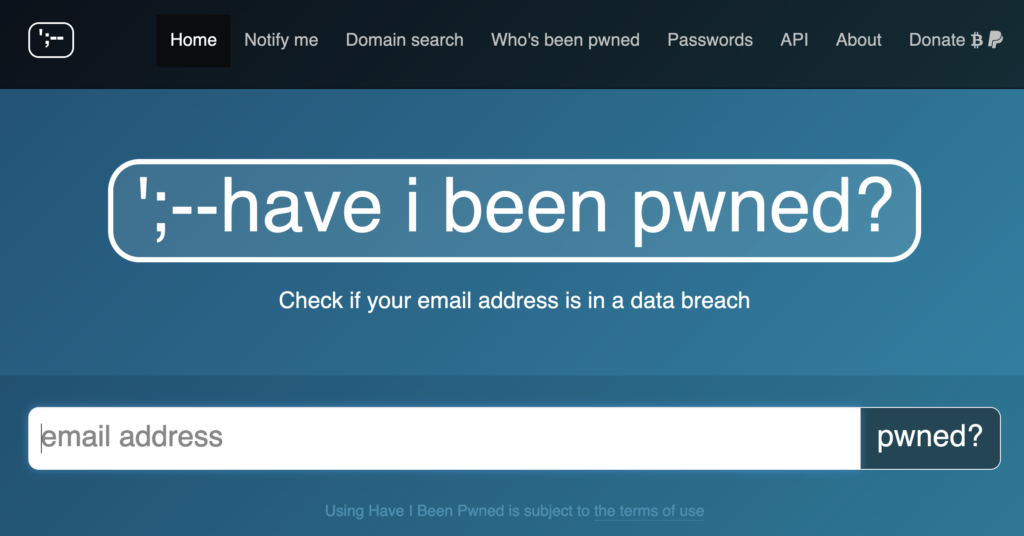
You can sign up to receive alerts about new leaks – you enter your email address, and if it appears in any new data breach, you will receive a message.
Similarly, the CyberNews page offers the option to check if your data was in any known data breach of major players, choose the Tools option in the menu.
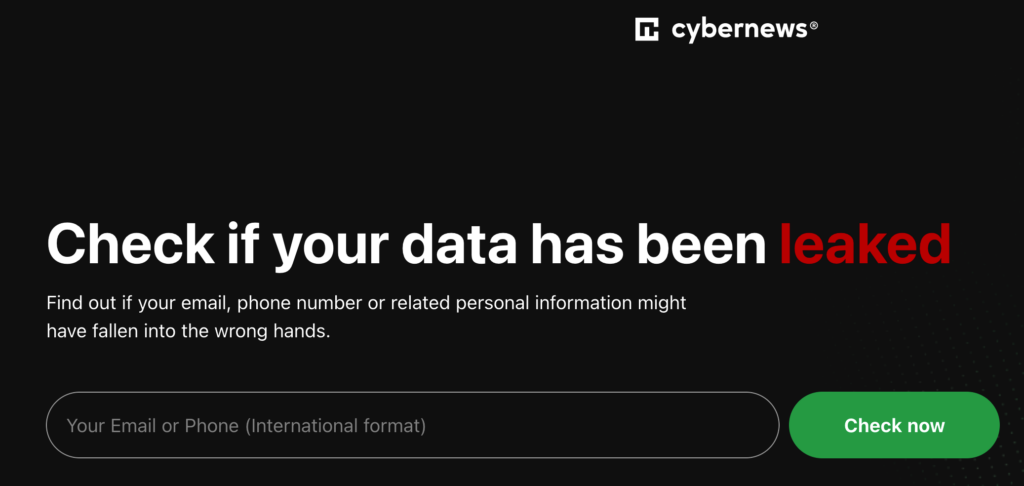
You can follow various magazines focused on internet security, besides information on the latest data leaks of major players like social networks, public institutions, and the like, the articles in detail discuss what is found in the leaked data and what threats it brings to users. For example: A list of the 10 biggest data leaks in 2023 and 2024, 50 statistics from the field of internet security for the year 2023.
How to Remove Your Personal Data from the Internet?
- Do you remember the list of websites where you created an account? Go through this list and delete any accounts that you no longer need. Even if you do not actively use the account, your data is still available on the server of the given website. Perhaps, if you do not keep such a list, you should start, so you can perform this cleanup at any time in the future.
- Delete from your phone or tablet all the apps that you no longer use. Often, you choose apps based on user reviews (various e-shop apps or games). However, user reviews mainly concern the use of the app, and few users focus on its security. This could only be assessed by programmers if they were to study the source code. An app may contain a lot of tracking code (most often for targeting ads, if you have downloaded the free version) and may also use features that allow access to your microphone or camera.
- To prevent your data from falling into the hands of unauthorized social engineers, optimize your security through the security settings that most apps allow. Email inbox, social networks, apps on your phone, internet browsers. On social networks, set who can see the posts, photos, videos that you share. Passwords saved in browsers can be stolen; use a password manager – an app for managing passwords.
- Thanks to GDPR, you have the option to request the administrators of websites to delete your data.
- If your data appears in the search results of various internet search engines and you do not want this, you can request not to be displayed in the search results. For example, you have tried searching by your name and surname in Google, and unwanted data appear in the results, you can request Google not to show these results using this form.
- If you too often receive unsolicited phone calls, spam SMS messages, or spam emails, your data is likely recorded in one of the data brokers’ databases. You can request a deletion. For the average person, this can be more difficult because they do not have a list of these companies, do not know how to proceed with a deletion request, or on what legislation to base their request. Find companies that will do it for you and provide deletion from brokerage databases as a service. They will take care of not only the communication and deletion of data but also ensure that the data is not returned to the database after some time.

How Does the Incogni Service Work to Help You Delete Data from Data Brokers’ Databases?

- Incogni is intended for residents of the USA, United Kingdom, EU, Switzerland, and Canada.
- Incogni collaborates with agencies and organizations for consumer rights protection.
- The Incogni service is designed in accordance with data protection laws – GDPR (General Data Protection Regulation), UK GDPR, and CCPA (California Consumer Privacy Act).
- Incogni has access to lists of data brokers.
- Incogni will verify if your data is present in any of the databases. Subsequently, it will request brokerage firms to delete your data from their databases.
- Approximately a month after the request is sent, Incogni will verify if the deletion has indeed occurred.
- During your subscription to Incogni, regular checks are performed to ensure brokers have not re-added your information to their databases.
- All these steps can be monitored in the Incogni application interface.
- Incogni is very advantageous for individuals because, in addition to protecting personal data, it saves time and provides legal support. If you were unaware of the existence of data brokerage firms before, you probably wouldn’t know where to find them. To provide sufficient legal arguments in requests for access to or deletion of your data from these firms’ databases, you would need to study legislation concerning personal data protection. Otherwise, these companies may ignore your requests.
- Incogni ensures that the request for removal from brokerage databases has a real impact.
Conclusion
In conclusion, navigating the complexities of digital privacy can be daunting, but understanding how to remove your information from the internet is a vital step towards safeguarding your online presence. Whether it’s removing online information, erasing your internet presence, or getting your personal information off the internet, this guide has shown practical steps towards achieving these goals. Remember, removing online information is not just about protecting your data; it’s about taking control of your digital footprint. For those looking to remove their information comprehensively, this article offers valuable insights and strategies to empower you in the digital age.





